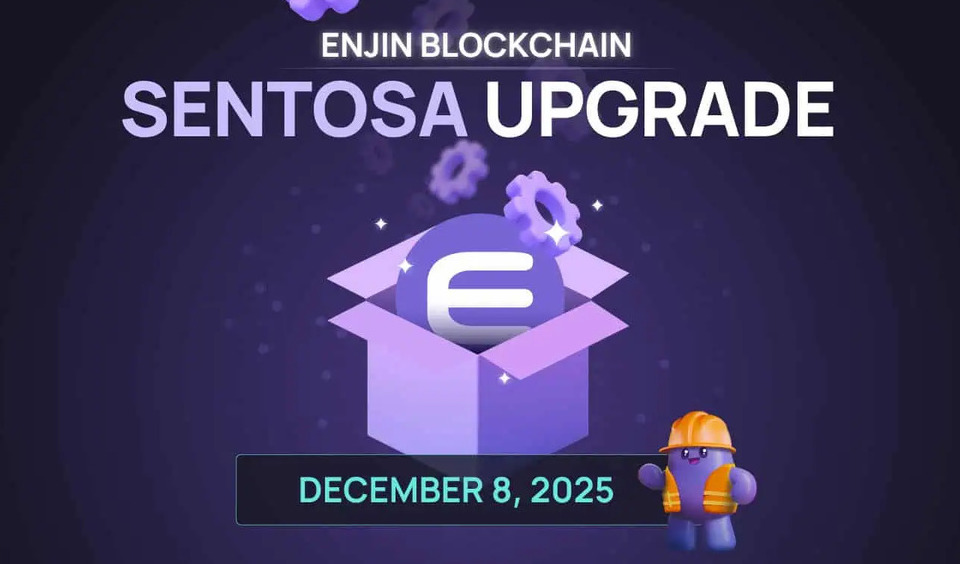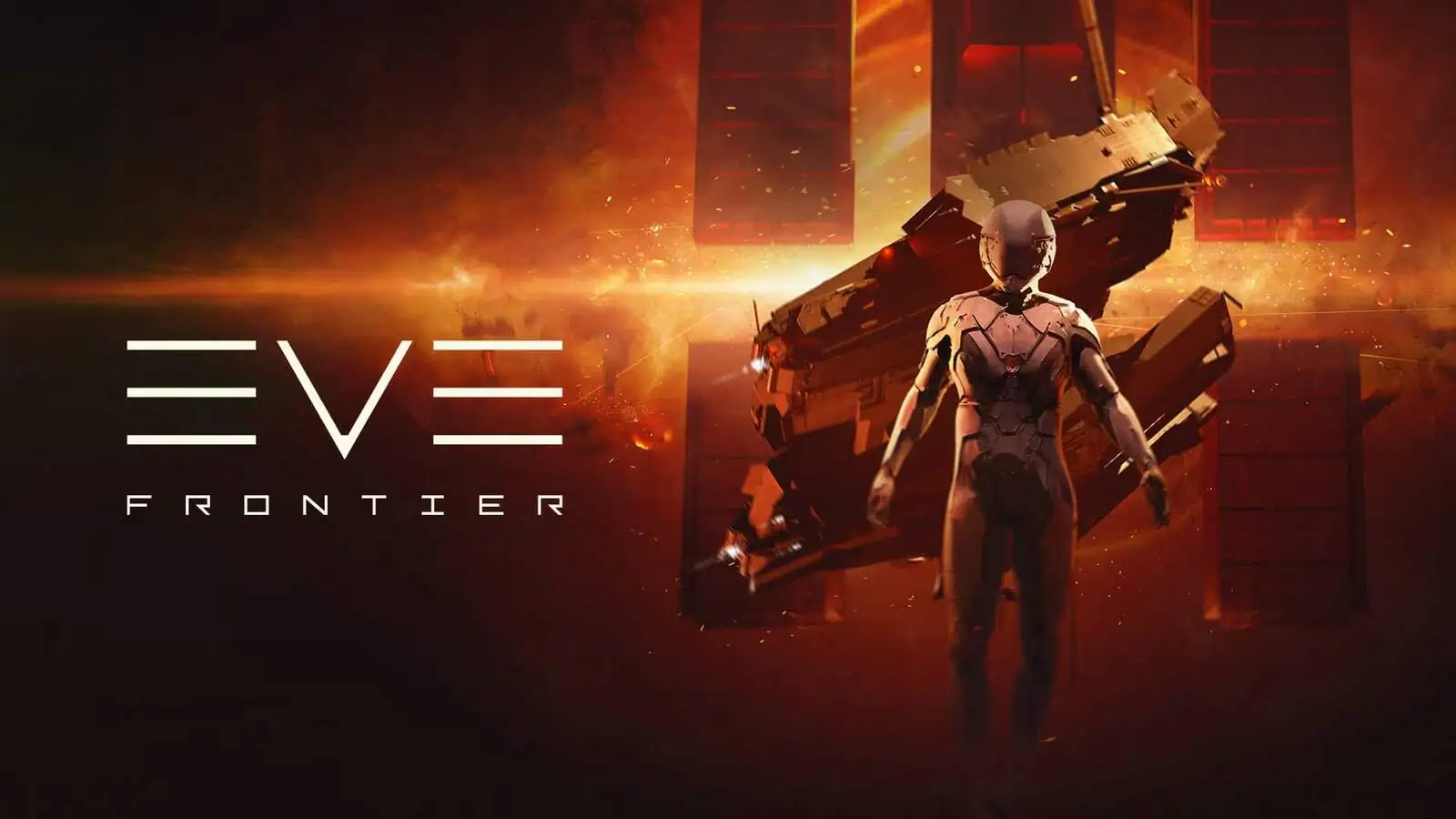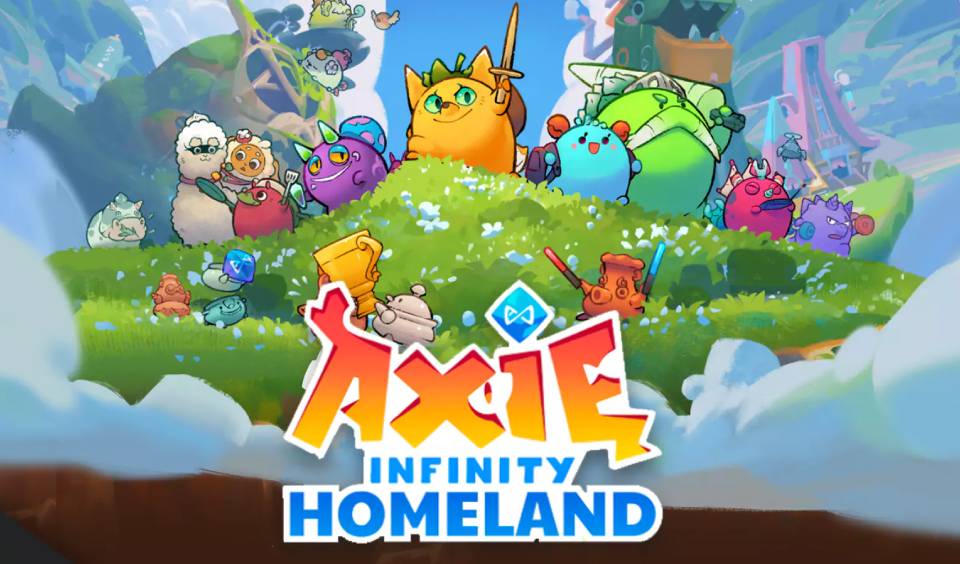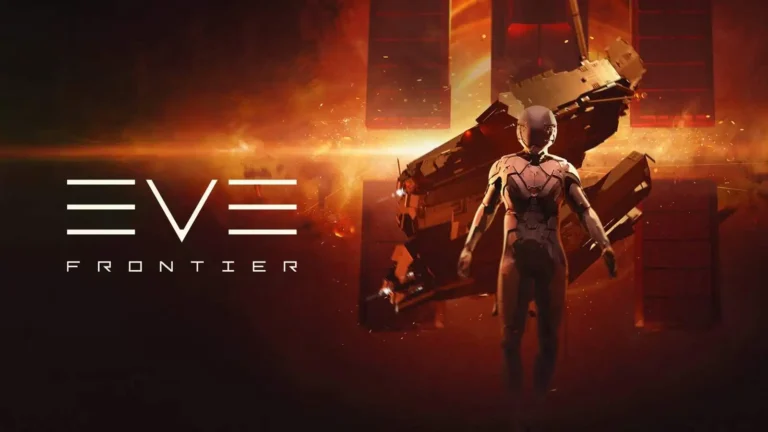TL;DR
- Mainnet deployment scheduled for 8 December 2025, requiring node updates.
- Introduces Coretime model for more flexible and predictable blockspace acquisition.
- Adds Hyperbridge for cross-chain interoperability and a native DEX pallet.
Enjin scheduled the mainnet deployment of the Sentosa upgrade for 8 December 2025 at 16:30 UTC. The update applies simultaneous changes to the Relaychain and Matrixchain, anchoring the Relaychain transition at block 13,229,687. According to the official note, the upgrade follows successful validation on the Canary Testnet, which went live on 27 October 2025 at 16:00 UTC.
Sentosa integrates Coretime into the Relaychain. This mechanism lets users acquire block space in shorter and more flexible cycles than standard leasing models. Coretime aims to reduce speculative costs and improve predictability in the allocation of on-chain computing resources.
The update adds two interoperability pallets: Hyperbridge and Asset Conversion (DEX). Hyperbridge uses verifiable state proofs to enable cross-chain messages and trust-minimized asset transfers. The system supports stablecoin ingress and other currency flows into the Enjin ecosystem. The conversion pallet acts as a DEX layer for decentralized exchange inside the network, with proofs of concept already tested.
To optimize internal operations, Sentosa introduces off-chain workers that automate maintenance tasks. These duties include validator payments, cleanup of expired marketplace listings, and removal of expired fuel tank accounts. Off-loading these tasks reduces main-chain congestion and increases throughput.
The previous upgrade, known as Bugis, doubled Matrixchain speed by reducing block times from 12 to 6 seconds. This serves as a reference point for performance expectations after Sentosa.
Operational impact, governance and timeline
Sentosa modifies governance and market processes within the network. It removes the bonus cycle of nomination pools and reduces the destruction period from 56 to 28 days, allowing faster staking adjustments.
The system adds an auction extension mechanism. When a bid arrives in the last 10 minutes, the timer resets to 10 minutes. This prevents abrupt closings and promotes more competitive bidding.
At the ecosystem level, Enjin keeps tools like Fuel Tanks to subsidize transactions and maintains its focus on real-world assets (RWAs). The platform reports over 1 billion NFTs minted since its origins in 2009 and its ICO in 2017. This history provides context for the user base and for use cases that may benefit from the new cross-chain capabilities.
For traders and treasuries, the elements with the largest operational impact are Hyperbridge and the DEX pallet. These systems enable incoming liquidity and on-chain conversions that can influence stablecoin supply and order-book depth. In the medium term, they may also affect basis and funding in derivatives markets tied to assets custodied on the network. Off-chain automation supports lower latency and can reduce congestion-related costs.
Sentosa represents a move toward greater interoperability and efficiency in Enjin’s infrastructure. Its focus lies on flexible blockspace and cross-chain functionality. The next milestone is the mainnet deployment on 8 December 2025, which will guide operators, custodians and trading desks as they assess liquidity and operational risk.








